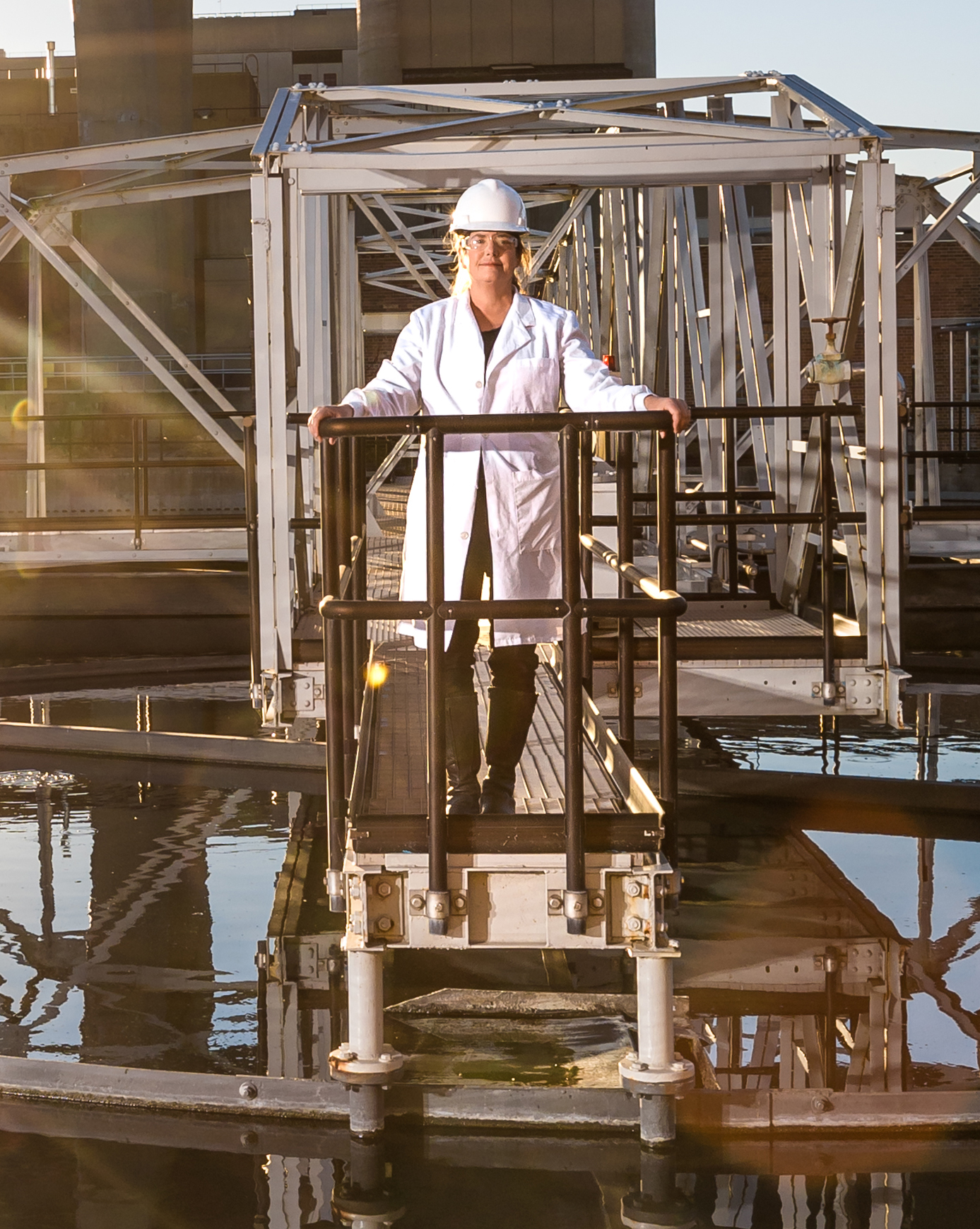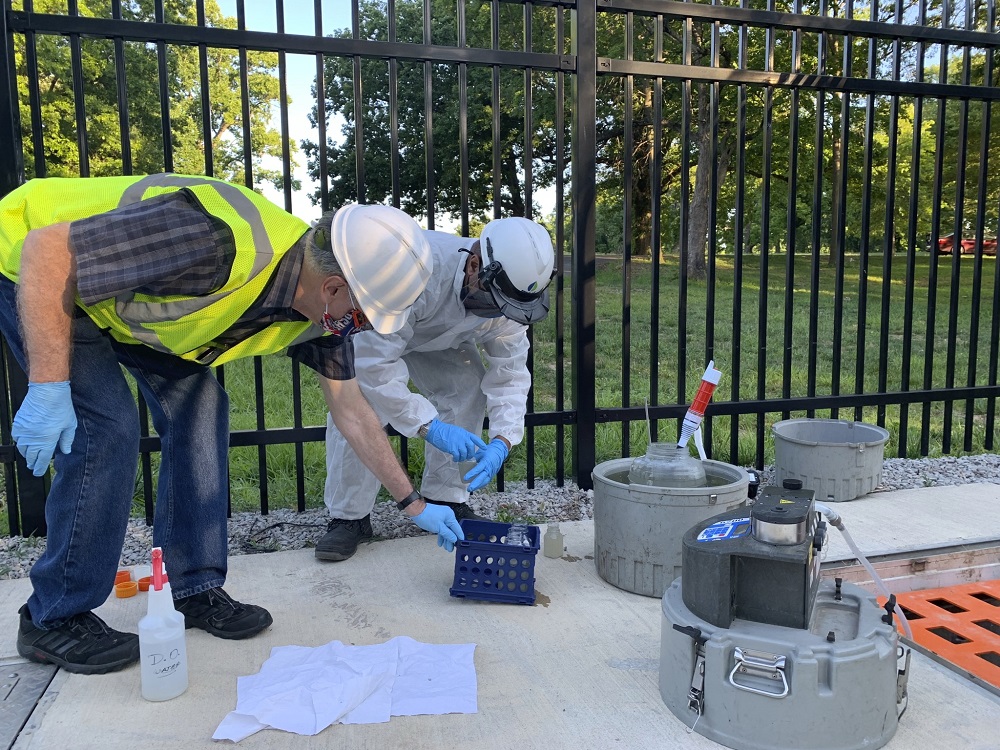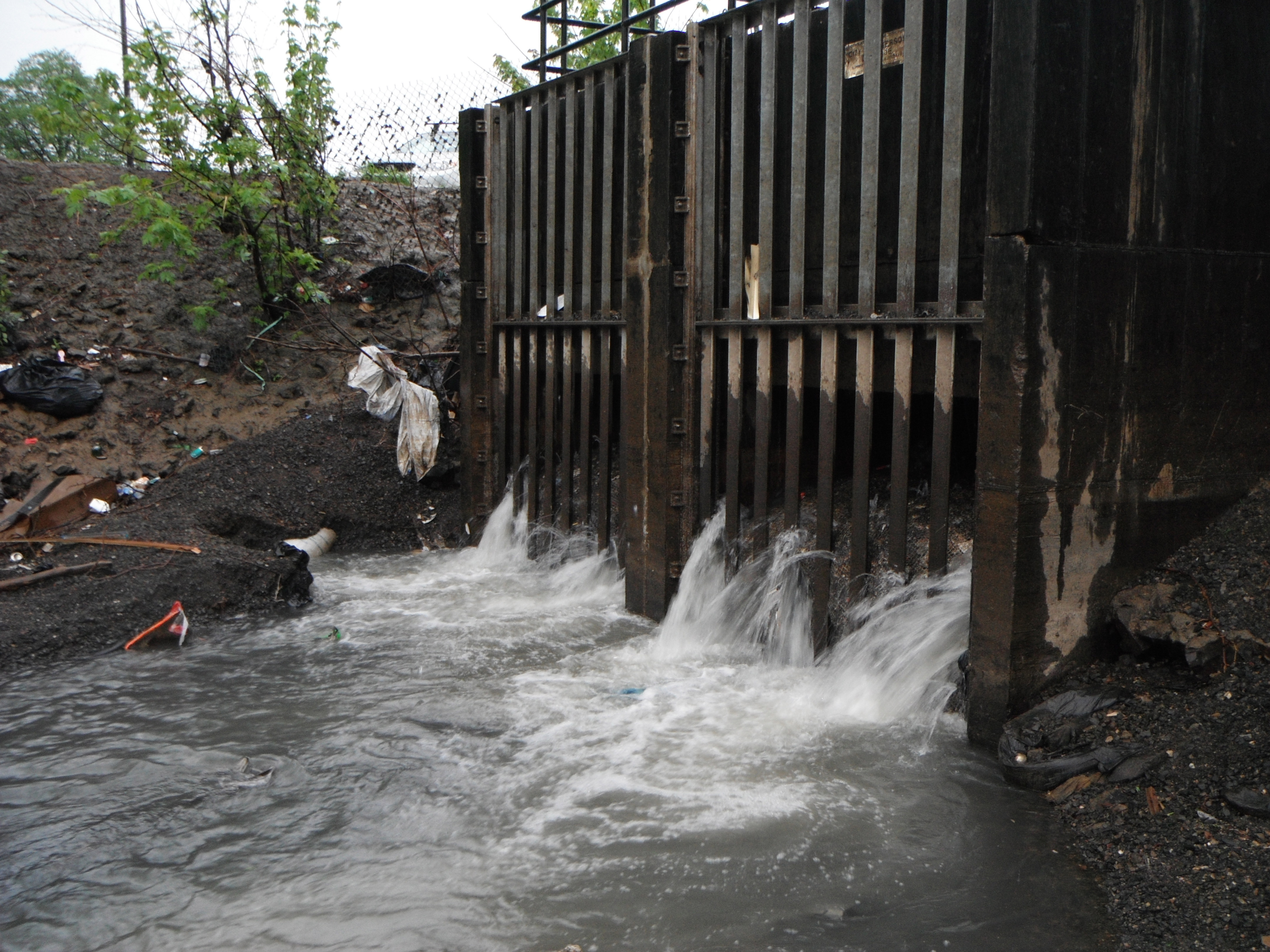Chemical and heat treatment of sewage sludge can recover phosphorus in a process that could help address the problem of diminishing supplies of phosphorus ores.
Tag: Sewage
UNLV, SNWA Study Makes Case for Candida Auris Wastewater Surveillance
A rapid spike in cases of a potentially deadly, drug-resistant fungus has concerned public health officials across the nation. But a team of Southern Nevada researchers hope their new study applying wastewater surveillance can help health officials get a step ahead of this emerging global public health threat.
Toilet paper is an unexpected source of PFAS in wastewater, study says
Sewage can provide information on potentially harmful compounds, such as per- and polyfluoroalkyl substances (PFAS), that get released into the environment. Now, researchers in Environmental Science & Technology Letters report an unexpected source of these substances in wastewater — toilet paper.
COVID-19 impacts found in unexpected places
Researchers find correlation between medications in sewage treatment plants and hospital data
What’s Killing Coral Reefs in Florida is Also Killing Them in Belize
Only 17 percent of live coral cover remains on fore-reefs in Belize. A study finds new evidence that nitrogen enrichment from land-based sources like agriculture run-off and sewage, are significantly driving macroalgal blooms to increase on the Belize Barrier Reef and causing massive decline in hard coral cover. With only 2 percent of hard coral cover remaining in the Florida Keys National Marine Sanctuary, it’s too late to save that reef, but there’s still hope for the Belize Barrier Reef.

Researchers and public health officials need to learn from each other about wastewater surveillance
A new study looks at building the needed communication network and the investment of resources necessary to sustain wastewater surveillance systems during a public health emergency, such as COVID-19.
Surge in Nitrogen Has Turned Sargassum into the World’s Largest Harmful Algal Bloom
Scientists have discovered dramatic changes in the chemistry and composition of Sargassum, floating brown seaweed, transforming this vibrant living organism into a toxic “dead zone.” Results suggest that increased nitrogen availability from natural and anthropogenic sources, including sewage, is supporting blooms of Sargassum and turning a critical nursery habitat into harmful algal blooms with catastrophic impacts on coastal ecosystems, economies, and human health. Globally, harmful algal blooms are related to increased nutrient pollution.

S&T Joins Coalition Seeking to ‘Flush’ out COVID-19 in Wastewater
S&T is working with NIST and the University of Louisville to develop guidelines to standardize Wastewater-Based Epidemiology testing methods nationwide.

Harmful Microbes Found on Sewer Pipe Walls
Can antibiotic-resistant bacteria escape from sewers into waterways and cause a disease outbreak? A new Rutgers study, published in the journal Environmental Science: Water Research & Technology, examined the microbe-laden “biofilms” that cling to sewer walls, and even built a simulated sewer to study the germs that survive within.